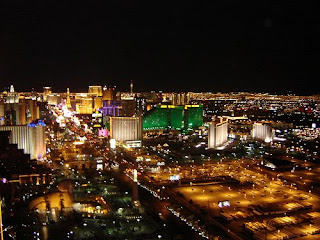Overlooking a cobblestone square in the heart of Dubrovnik's old town, this luxury boutique hotel could be the perfect base to explore Croatia's stunning historic city. Coralie Modschiedler finds out.
The Pucić Palace's setting is glorious. This 5-star, stone-walled boutique hotel is housed in an 18th-century noble's house in the heart of Dubrovnik's historic old town. It's minutes from the city's famed medieval walls, as well as all the sights and nightlife.
As I walk in through the side street's discreet entrance, the reception area could easily be mistaken for an ambassador's office, with its venerable table, Renaissance style and detailed beamed ceiling.
The period quirks continue with the original stone arches over the antique marble staircase, promising to make my stay truly majestic. I already feel like a princess.
Room 12, ‘Sebastijan Slade', is named after a famous Croatian writer. The hotel's other 18 rooms and suites are also named after famous artists, from painters to musicians. My room key, although it looks like a manor's key, is actually equipped with an electronic sensor (very James Bond like, not too 18th century).
Stepping into the sumptuous bedroom, I can't help the grin on my face: exposed wooden beams, high-ceilings, antique furniture, paintings from local artists and dark-oak wood floorings covered by hand-woven rugs are a world away from the five-hour bus ride from Split I endured in the afternoon. Brocade curtains and views over the buzzing square complete the picture. The décor is elegant and relaxing and there's a cocoon feel about it.
The bathroom is equally impressive, with its Romanesque mosaic tiles and 1920s-style porcelain and copper bath. There's also a separate ‘rainforest' shower. Complementary Bvlgari amenities, plush robes and cotton slippers are calling for an indulgent bath. The view from the bathroom window is over the busy side street where nuns, locals and tourists alike come and go. From here, you can also see some of Dubrovnik's famous red-tiled roofs and nearby mountains. After a glorious bath, I fall asleep in no time.
After the best night's sleep in days, there's nothing more stylish than waking up to the sound of church bells. No cars, no pollution and glorious sunshine just remind me I'm on holiday in Croatia. As I pull the blue-velvet curtains wide open, the spectacle below is enchanting. A fruit and vegetable market has taken over the square and its white and red umbrellas create an unforgettable colourful scene.
Breakfast is served in the hotel's dining room overlooking the square. There's an extensive choice of bread, pastries, cereals, fruits and eggs (Benedict, scrambled, or however you like), with a smartly dressed waiter serving you at your table. The coffee is very good, as one can expect from anywhere in Croatia.
Now it's time to explore this amazing city. The entrance to the walls surrounding the old town are just minutes away from the hotel, and after getting some useful advice from the reception staff about key sights and a restaurant for lunch, we set off on foot and start our 2km (1.2-mile) walk around the medieval walls. The view from here is jaw-dropping. Red-tiled roofs, azure Adriatic waters, cobblestone streets, baroque churches and myriad fortresses create a wonderful, magical scene. I want to live here.
In summer, staying at The Pucić Palace also gives you free access to a beach club just outside the town's gate (5-minute walk). Other facilities include the Café Royal restaurant, serving a range of tasty international and Croatian dishes (like cheese and truffle ravioli and fresh fish), a wine bar next door and 24-hour room service.
I have fallen in love with this city and I will be returning. Staying at The Pucić Palace was the right decision as it's the perfect spot from which to explore Dubrovnik's old town and relax for a romantic weekend in truly majestic style.


























